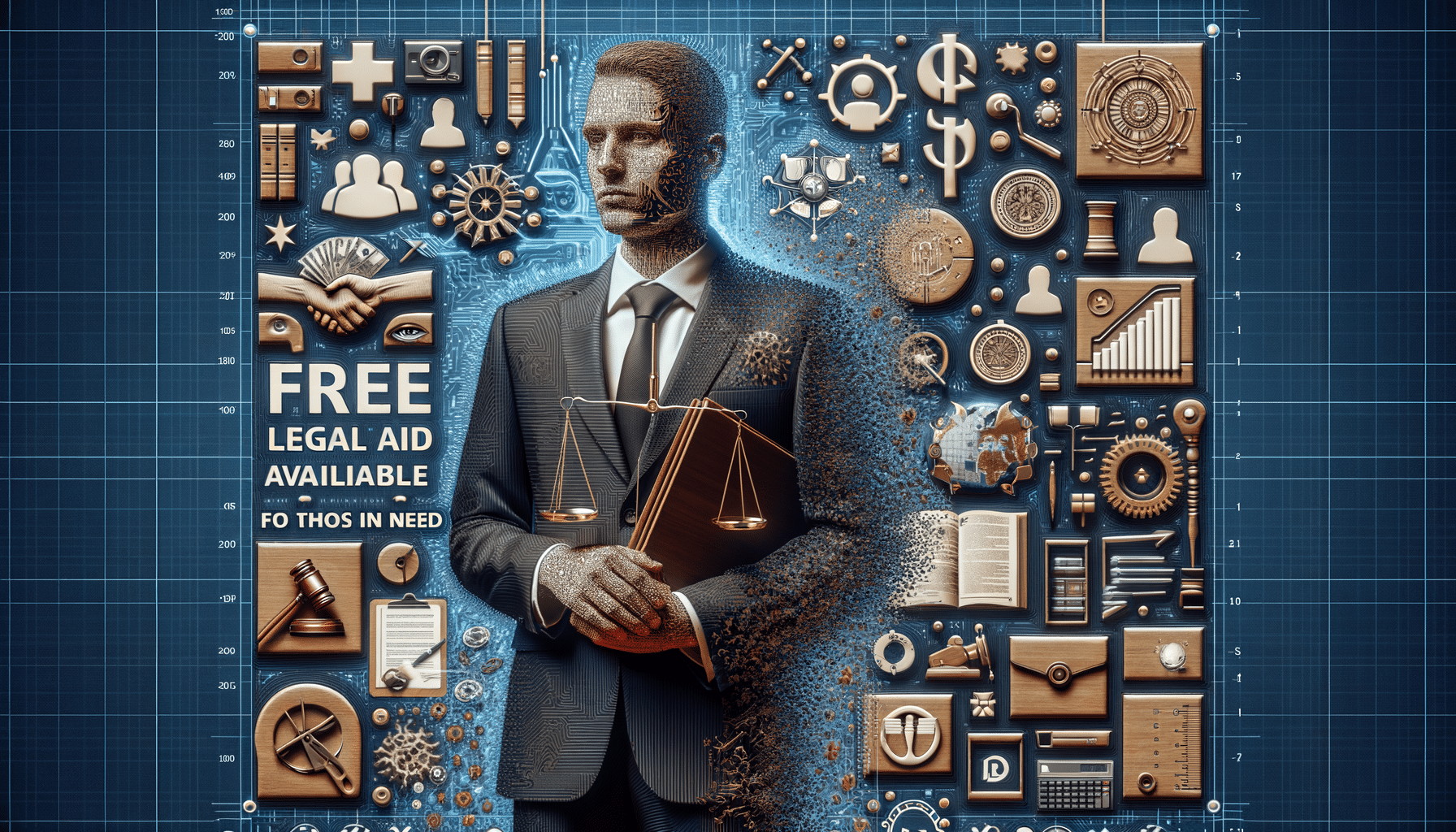
Free Legal Aid Available for Those in Need
Introduction to Free Legal Aid
Access to legal services is a fundamental right, yet many individuals find themselves unable to afford the high costs associated with legal representation. Free legal aid plays a crucial role in bridging this gap, ensuring that everyone has the opportunity to seek justice and protect their rights. This article delves into the various aspects of free legal aid, exploring how it operates, who is eligible, and the types of legal issues it covers.
Understanding the Scope of Free Legal Aid
Free legal aid encompasses a wide range of services aimed at assisting those who cannot afford legal representation. These services are typically provided by non-profit organizations, law school clinics, and pro bono programs run by law firms. The scope of free legal aid includes:
- Family law issues such as divorce, child custody, and domestic violence.
- Housing matters, including eviction defense and landlord-tenant disputes.
- Employment-related cases like wrongful termination and workplace discrimination.
- Consumer rights, focusing on issues like debt collection and bankruptcy.
- Public benefits, ensuring access to programs such as Social Security and Medicaid.
By offering support in these areas, free legal aid helps individuals navigate complex legal systems and achieve fair outcomes.
Eligibility for Free Legal Aid
Eligibility for free legal aid often depends on several factors, including income level, the nature of the legal issue, and residency status. Generally, individuals with income at or below 125% of the federal poverty level are eligible, though some organizations may have different criteria. Additionally, priority is often given to cases involving vulnerable populations, such as the elderly, disabled, or victims of domestic abuse.
To determine eligibility, applicants may need to provide documentation of their financial situation and details about their legal issue. It’s important to note that while free legal aid aims to assist as many people as possible, resources are often limited, leading to prioritization of certain cases.
How to Access Free Legal Aid Services
Accessing free legal aid services typically involves contacting a local legal aid organization or visiting their website to complete an application. Many organizations offer online resources and hotlines for initial consultations. Here’s a step-by-step guide to accessing these services:
- Identify your legal issue and gather relevant documents.
- Search for legal aid organizations in your area using online directories or community resources.
- Contact the organization directly or apply online to determine eligibility.
- Attend an intake appointment or consultation to discuss your case.
- Work with assigned legal professionals to develop a strategy for your legal matter.
By following these steps, individuals can efficiently access the support they need to address their legal concerns.
Conclusion: The Impact of Free Legal Aid
Free legal aid is an invaluable resource that empowers individuals to uphold their rights and seek justice without the burden of financial constraints. By providing access to legal services, these programs help ensure a fair legal system for all, regardless of economic status. As more people become aware of and utilize these services, the overall impact on communities can be profound, leading to more equitable outcomes and increased access to justice.


